GenCon 2012 – Dungeons & Dragons Next Keynote Liveblog
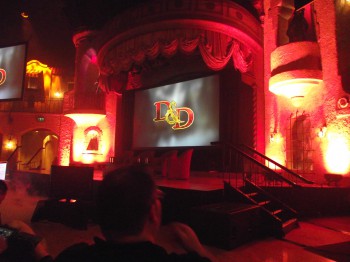
For the first time in GenCon history, the week began with a keynote event on Thursday evening. And who gave the keynote? None other than the folks behind Dungeons & Dragons.
For the last several months, Dungeons & Dragons has been undergoing a transformation into their Dungeons & Dragons Next format (which they are loathe to officially call 5th edition).
The event was delayed a bit due to rain and venue change, but once things are moving, I’ll be liveblogging about the event. I know I won’t catch everything, but I’m sure there’ll be a link to video of the event online shortly and I’ll post it (and other background links) in an update over the next day or so, when I have more stable net access.
The Event Begins
7:25 pm – Peter Adkison, founder of Wizards of the Coast, runs onstage and discusses how this inaugural keynote came into being. Basically, Adkison strong-armed Greg Leeds (current CEO of Wizards of the Coast) into doing it, and made it clear that he expected Greg himself to get on stage and start the event off. So, with that ….
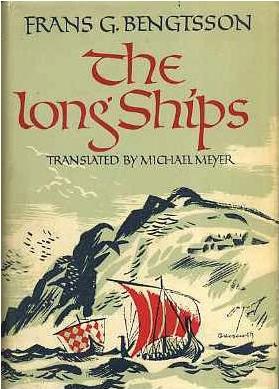 Brick and mortar bookstores are as rare as hen’s teeth these days, it seems, and that’s a shame. I enjoy the instantaneous convenience and enormous selection of Amazon and Abebooks, but there’s something about musty old bookstores that online shopping cannot replace. The tactile sensation of picking up books, the joy of utterly unexpected finds, and the atmosphere of a shop devoted to reading and book-selling, are experiences that online delivery mechanisms cannot replicate.
Brick and mortar bookstores are as rare as hen’s teeth these days, it seems, and that’s a shame. I enjoy the instantaneous convenience and enormous selection of Amazon and Abebooks, but there’s something about musty old bookstores that online shopping cannot replace. The tactile sensation of picking up books, the joy of utterly unexpected finds, and the atmosphere of a shop devoted to reading and book-selling, are experiences that online delivery mechanisms cannot replicate.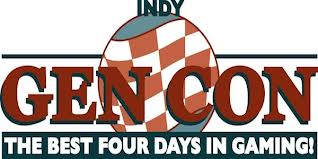 Tomorrow, I’m headed off to GenCon for a brief stay. My schedule this year has been a little hectic, what with a couple of book promotions, some revisions, some drafting, and an unexpected knee surgery, so I didn’t plan a whole lot of convention time. Now I’m regretting it, because GenCon is a lot of fun, and being there just for Saturday is going to feel a little like seeing the pie and only getting to eat one cherry.
Tomorrow, I’m headed off to GenCon for a brief stay. My schedule this year has been a little hectic, what with a couple of book promotions, some revisions, some drafting, and an unexpected knee surgery, so I didn’t plan a whole lot of convention time. Now I’m regretting it, because GenCon is a lot of fun, and being there just for Saturday is going to feel a little like seeing the pie and only getting to eat one cherry.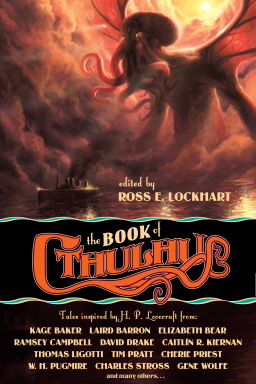
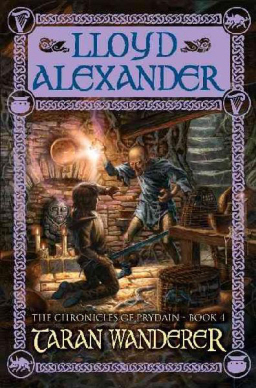
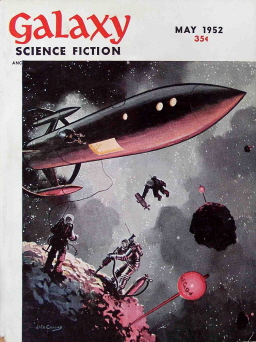
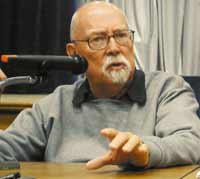
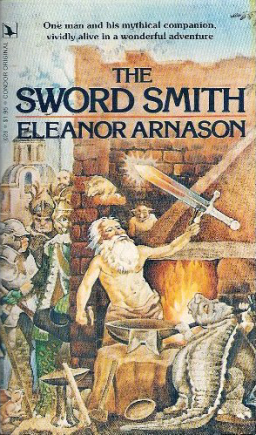
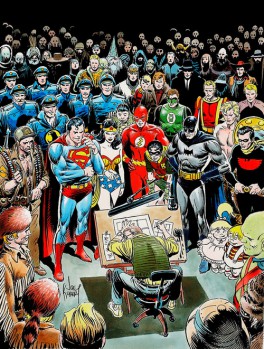
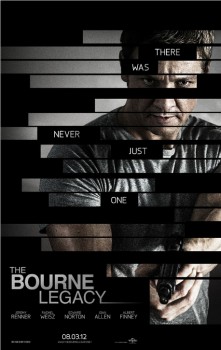 The Bourne Legacy, Paramount’s attempt to extend their successful Jason Bourne franchise — based very loosely on the novels of Robert Ludlum — does give the impression of the first film of a trilogy. It feels like The Bourne Identity (2002), the inaugural movie of the Matt Damon trilogy: it’s a starting point with some excellent sections, but also the nagging sense that all the finest moments are yet to come. Overall, there is something slight about the enterprise, making it a minor disappointment for a film I hoped would salvage August. Will Expendables 2 be this year’s “August Surprise”? I never thought that might be a possibility at the beginning of the season.
The Bourne Legacy, Paramount’s attempt to extend their successful Jason Bourne franchise — based very loosely on the novels of Robert Ludlum — does give the impression of the first film of a trilogy. It feels like The Bourne Identity (2002), the inaugural movie of the Matt Damon trilogy: it’s a starting point with some excellent sections, but also the nagging sense that all the finest moments are yet to come. Overall, there is something slight about the enterprise, making it a minor disappointment for a film I hoped would salvage August. Will Expendables 2 be this year’s “August Surprise”? I never thought that might be a possibility at the beginning of the season.